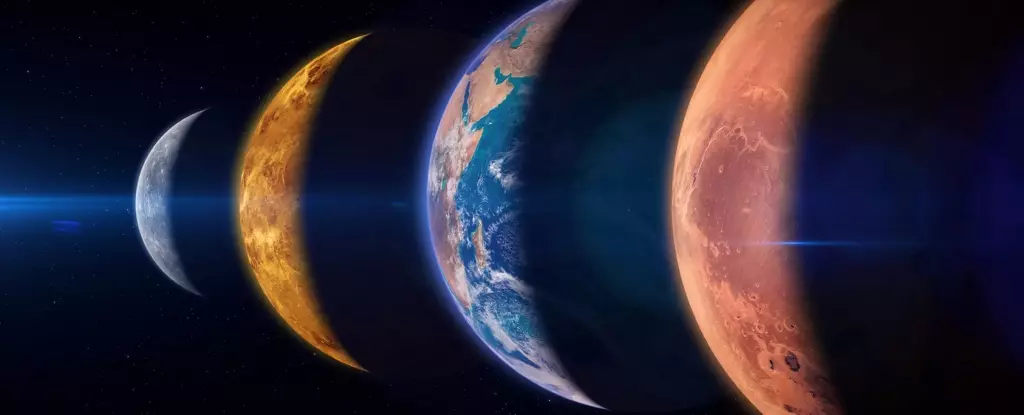The fascination with celestial events has captivated humanity for centuries. On the evening of February 28, 2025, stargazers around the world will be treated to a once-in-a-lifetime experience: a major planetary alignment featuring all seven of the Solar System’s planets—Mercury, Venus, Mars, Jupiter, Saturn, Uranus, and Neptune—marching across the night sky in a spectacular display. This event, often described as a feast for the eyes, invites us to consider the natural beauty and orchestration of the cosmos.
While it is not entirely unusual for pairs or groups of planets to appear close to one another in the sky, a full alignment of all seven planets is an exceedingly rare occurrence. In astronomy, alignments are categorized by the number of planets involved. Typically, three to eight planets can align, with five- and six-planet configurations being more common. However, alignments involving seven planets represent the pinnacle of rarity, likely occurring only once or twice within a lifetime. This makes the 2025 event particularly significant for both casual observers and serious astronomers.
Alignments, however, are often not the perfectly straight lines depicted in diagrams. The planets in our Solar System orbit the Sun on a plane known as the ecliptic. The reason for this flat arrangement lies in the formation of the Solar System itself. Material that surrounded the young Sun collapsed under gravity, leading to the flattening of the remaining debris into a rotating disk. Planets developed within this disk, leading to their orbits being more or less consistent with the ecliptic plane. Despite some planets having orbits that tilt slightly above or below this plane, they generally appear to line up in the sky due to the viewer’s perspective from Earth.
The mechanics of planetary movement can seem astonishingly complex, but they are governed by the laws of physics. As the planets make their journeys around the Sun, there are moments—often lasting just a few days—when they come into alignment from our viewpoint on Earth. All planets are in constant motion, which means that their alignment is generally a fleeting arrangement. For those passionate about astronomy, this represents an opportunity to engage with celestial mechanics through observation and study.
The 2025 alignment will present a visual delight; however, the visibility will depend on local geography and weather conditions. Different regions of the world will have varied viewing experiences based on the timing of the celestial event and atmospheric clarity. For instance, parts of the world might enjoy optimal visibility, while others may contend with obstructing cloud cover.
As the event approaches, enthusiasts will want to equip themselves with the right tools for viewing. There are many online resources available to assist with determining visibility times and positions in the sky. Websites like Time and Date offer interactive options that allow users to input their location and receive tailored information regarding rise and set times, along with celestial positioning. Similarly, Stellarium provides an online platform for exploring the night sky, while mobile applications like Sky Tonight leverage smart technology to help users identify celestial events in real-time.
To fully appreciate the spectacle, the use of binoculars or telescopes can enhance the viewing experience, allowing observers to catch intricate details of the planets. Those who wish to optimize their experience should begin preparations well in advance, selecting the right viewing location and investing in necessary gear.
The great planetary alignment of February 28, 2025, is not merely an astronomical occurrence—it is an invitation to marvel at the wonder of the universe. As we prepare for this exceptional event, we are reminded of our collective curiosity and the shared human experience of gazing at the stars. By successfully navigating the challenges of visibility and utilizing available tools, stargazers will have the chance to witness a breathtaking alignment that not only showcases the beauty of our Solar System but also deepens our appreciation for the intricate ballet of celestial bodies that dance across the vast expanse of space. Prepare to embark on this celestial journey—clear skies and good fortune await!


Leave a Reply